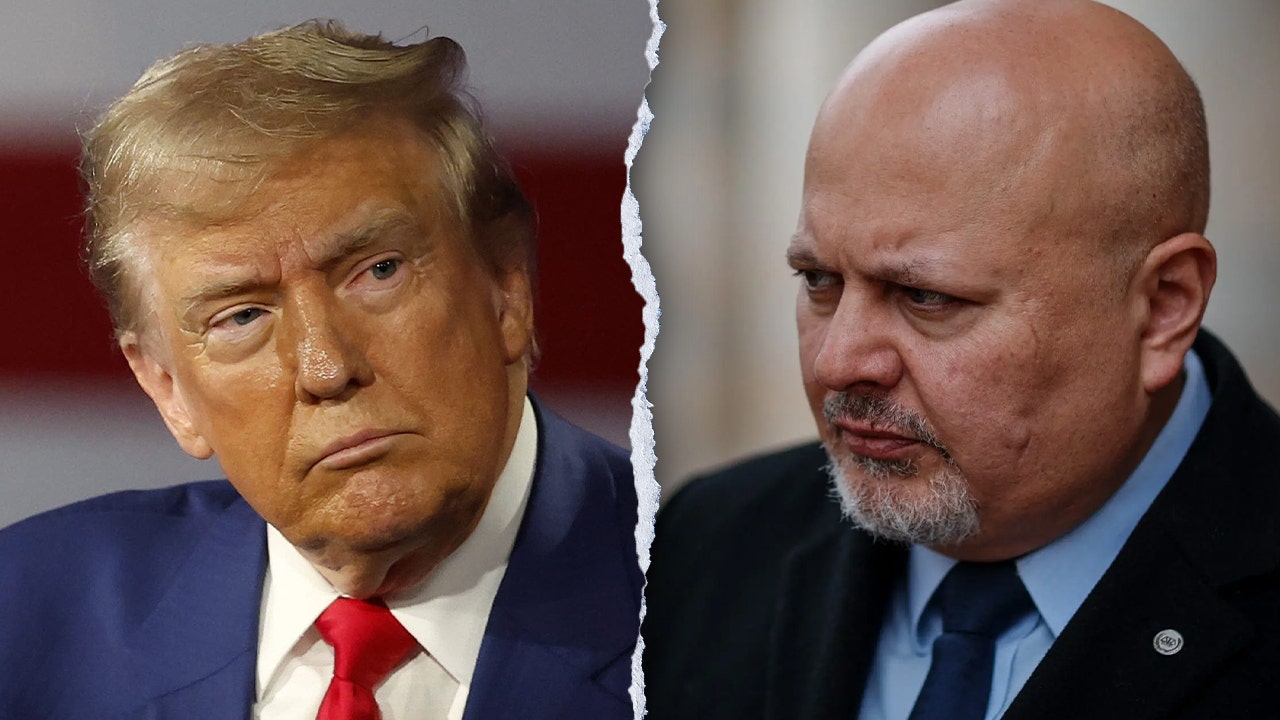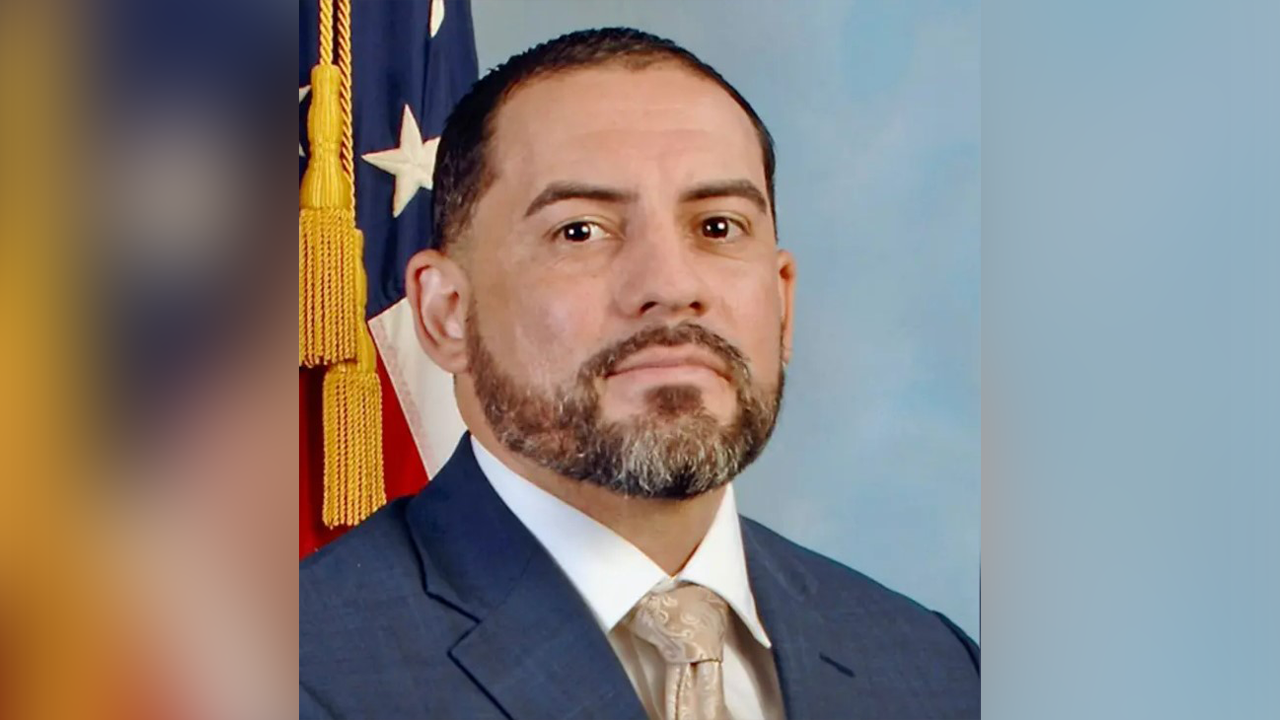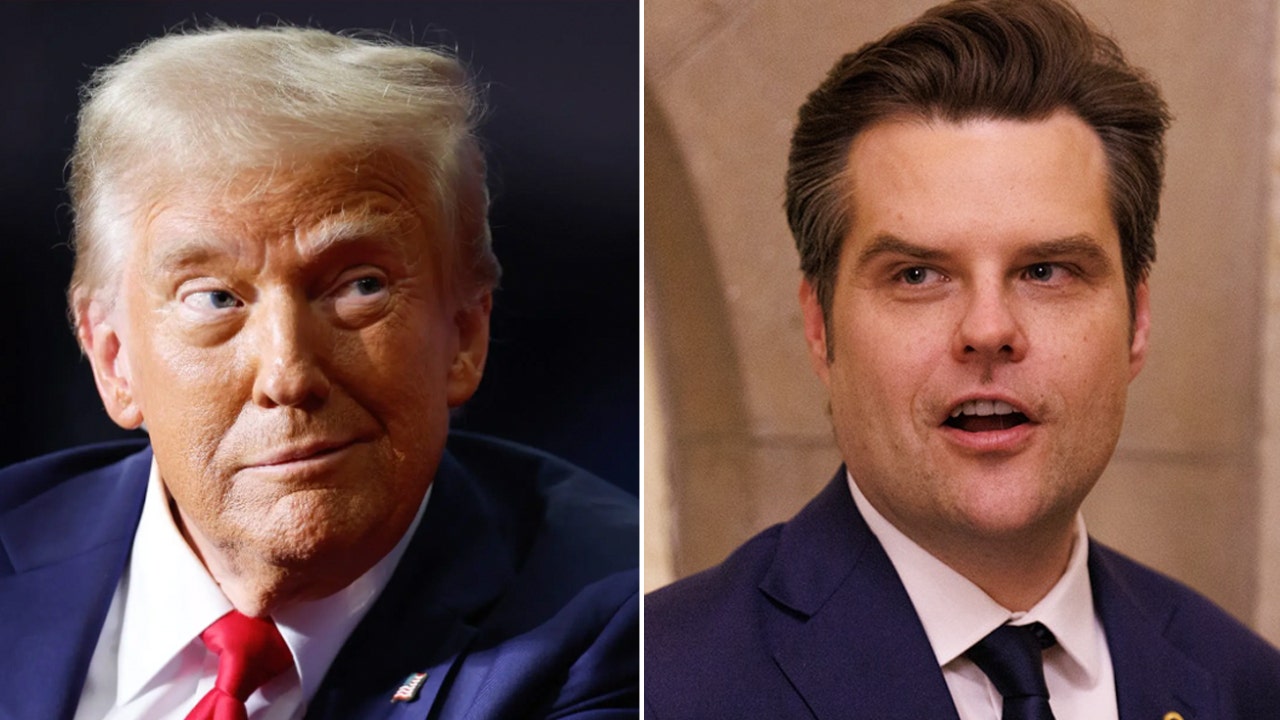Just as a troubled Harris presidential campaign is struggling with a decline in poll numbers and favorability ratings, emerging reports of pessimism and infighting among aides, and a conspicuously embarrassing last-minute dispute among her supporters over basic strategies like attacking Trump and adjusting policy positions, the Democrat nominee is also having to deal in a critical swing state with the consequences of her campaign’s earlier failure to handle a Catholic voter problem identified several weeks ago in a Politico article titled “Kamala Harris’ Pennsylvania Problem.”
Harris’s latest challenge is the release in Pennsylvania of a widely watched ad narrated by Robert F. Kennedy, Jr. and produced by CatholicVote that directly criticizes her and labels the Democrat Party as “the party of war, censorship, and corruption,” and urges Catholic voters to “love our children more than we hate each other” and to vote for Donald Trump. Simultaneously, however, Harris’s fortunes with Catholic voters are being complicated by a challenge to her down-ticket running mate, Senate Democrat Bob Casey, who himself is being confronted with attacks on the same issue. In a tight race against David McCormick, a West Point graduate and successful businessman positioning Casey as a career politician, the incumbent Democrat is being targeted by two-minute ads in both Spanish and English, broadcast on Hispanic TV morning and nightly news in Philadelphia, which criticize his own and the Democrat Party’s record of anti-Catholic bias. These ads, previously used in five Senate races and now reintroduced in Pennsylvania for the final campaign week, aim to influence Philadelphia’s 250,000 Hispanic voters—voters who could be decisive in Casey’s race against McCormick.
Although the Kennedy and Casey ads differ in tone, they share significant themes that may have real appeal to Catholics and thus could mean trouble for both Democratic candidates. Kennedy’s ad is inspirational yet pointed; he speaks of his Catholicism as the “foundation for a lifetime of striving to perfect my personal relationship with God.” Catholics, Kennedy says, should “strive to perfect ourselves through conscious contact with our Creator, knowing that in human form, we are never going to achieve perfection.” He attributes his hope for improvement to his support for Trump: “President Trump has promised to take bold action on our economy, on the border, and on restoring children’s health,” signaling how far the Democrat Party has drifted from Catholic values.
On the other hand, the anti-Casey ad is direct, specific, and comprises a sort of hard-hitting two-minute political indictment of the Democrat Party. Sponsored by Frontiers of Freedom Action, it highlights Democrats’ “cruel war” against the Little Sisters of the Poor and left-wing senators’ imposition of an “unconstitutional religious test” against Catholics nominated to serve on the U.S. Supreme Court and other roles within the federal judiciary. The ad goes on to catalog some of the progressive left’s most shocking acts of anti-Catholic prejudice—from their embrace of transgender ideology to their flagrant persecution of Catholics who assent to the Church’s teachings on the sanctity of life. The ad also makes note of Kamala Harris’s and Joe Biden’s celebration of the so-called “Transgender Day of Visibility” on Easter Sunday, the holiest day of the year for Christians, as well as their administration’s initial refusal to allow the Knights of Columbus to celebrate a Memorial Day Mass at Arlington National Cemetery.
And critically important to Hispanic voters, the ads conclude with a direct appeal to Latinos and Hispanics. “Latino American families remember—Latino Americans remember—how evil governments in Mexico, Cuba, Nicaragua, and Venezuela hated the Church and Catholics, and how they persecuted priests, nuns, and laypeople,” the ad’s narrator states. “Latino Americans know from history that this must not happen here in America.”
The problems posed for both Harris and Casey by the Kennedy and Frontiers of Freedom spots come as the key electoral demographic of Hispanic voters—many of whom are Catholic themselves (43% of Latino adults identify as Catholic)—continues to cause alarm among Democrats. A late August Reuters poll found that Hispanics prefer Trump over Harris on immigration by five points and on the economy by nine points. A recent Opiniones Latinas survey found that Trump has gained 17 points with Hispanics from 2020. And according to a recent NBC News poll, Hispanic support for Democrats “has declined to [its] lowest level in the past four presidential cycles”—a seismic warning sign to both the Harris-Walz ticket and to Democrats running in competitive Senate and House races. Republicans are also making historic gains with black voters and men, drawing fresh attention to the left’s hostility to the Catholic faith as both parties seek to curry favor from Catholic voters, a crucial electoral block.
Harris’s and Casey’s difficulty in dealing with the media blitz has a significance, however, going beyond just the problem of unhappy Catholic voters in one state and speaks to a larger problem now a topic of discussion among political observers and commentators: a Harris candidacy and staff structure that, in never having been stress-tested by primary contests, are more than a little prone to messaging and policy turnabouts and sudden oscillations between complete paralysis and hasty overreaction.
Because exactly this sort of inexperience is what created Harris’s current Catholic problem. It was a grave misstep by her own campaign that in September unnecessarily moved the Catholic issue for Democrats from highly dormant to one boiling now on one of the 2024 election’s front burner. The campaign misstep setting off a nasty chain reaction of subsequent controversies after the campaign structure – in letting itself be spooked by the early articles about the five-state ad blitz targeting Senate Democrats (now being replayed in Philadelphia against Casey)—made its sudden “out-of -sight, out-of-mind” decision to not attend the legendary Al Smith Dinner run by the Catholic Archdiocese of New York. The consequences of that decision were immediate, just as predicted in this article, which saw it as a revelation of disarray in the Harris campaign. Donald Trump issued a series of social media posts detailing many of the anti-Catholic allegations against Harris; House Speaker Newt Gingrich charged that Harris is the most anti-Catholic presidential candidate in 150 years; J.D. Vance invoked the issue during the vice presidential debate; and two former ambassadors to the Holy See (James Nicholson on Larry Kudlow’s show, and Callista Gingrich in a series of articles) have spoken out on the Democrats’ failure to deal with the problem.
Moreover, just weeks after Harris opted to sit out the Al Smith Dinner, in a viral social media post, Democrat Michigan Governor Gretchen Whitmer pretended to distribute Holy Communion to a left-wing podcaster in kneeling position—using a Dorito chip as a stand-in for the Eucharist while wearing a Harris-Walz hat, drawing intense criticism for the left’s anti-Catholic streak and from no less than Michigan’s conference of Catholic Bishops. Harris herself further compounded the ongoing controversy by sending a lame and seemingly sarcastic video to the Smith dinner in place of a personal appearance that seemed like something cooked up by SNL writers on an off day.
Thus, the indecisiveness and inter-campaign turmoil displayed by the Harris team with its Al Smith dinner decision have become steadily more visible. Just yesterday, for instance, the New York Times reported that Harris-aligned PACs are condemning her campaign’s messaging that Donald Trump is a “fascist” as “a mistake in the closing stretch of the campaign.” Other pundits and analysts, too, have slammed Harris’s messaging as a “losing strategy” and insist that Harris has “lost the plot.” Some question the wisdom of being seen out campaigning with a Republican like Liz Cheney, while Joe Scarborough is urging a reversal on policy questions.
Meanwhile, polling shows that Donald Trump maintains his lead on crucial issues like the economy, immigration, and foreign policy—as demonstrated by his habitual asking of the question, “Are you better off than you were four years ago?” at his signature campaign rallies. Trump’s favorability has risen, while Harris’s has declined, positioning him not only as the “change” candidate but, for some, even the more personable option. In response, some Democrat Senate candidates, like Casey, are now openly featuring Trump in their ads.
Republicans are also gaining across the board, with undecided voters reportedly leaning towards Trump. Trump’s interview with Joe Rogan, which reached a whopping 35 million views in its first several days, and his rally at the iconic Madison Square Garden, which drew 20,000 supporters plus thousands more waiting outside, highlight this trend. This week, Trump will continue his active rally schedule—including an appearance in Green Bay, Wisconsin, that will feature former Green Bay Packers star Brett Favre—to further boost GOP early voting momentum.
Although Kamala Harris still maintains several key systemic advantages—including in the realm of campaign funds—her prolonged conflicts on the campaign trail show that she continues to face massive headwinds, which could ultimately prove to fatally doom her floundering campaign one week from today.
Should that happen, she may find that her own and Casey’s failures in hanging onto a traditionally Democrat Catholic vote in Pennsylvania by warding off the effects of the Kennedy and Frontiers of Freedom ads were factors that played no small role in that defeat.
Equally, and perhaps more important, her campaign’s bumbling of the Catholic issue may be seen as an early tip off to the real problem in her try for the presidency – a deeply flawed campaign that raised in the minds of voters the politically fatal question for any candidate (see McGovern and Dukakis): “If she can’t run a campaign, how can she run a country?”
Aaron Flanigan is the pen name of a writer in Washington, D.C.
Read the full article here








